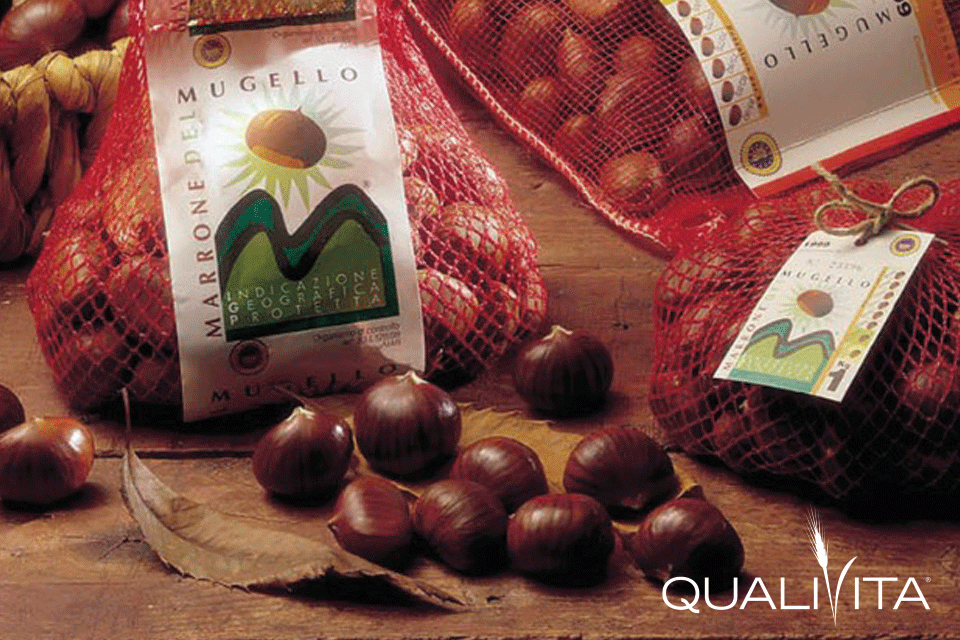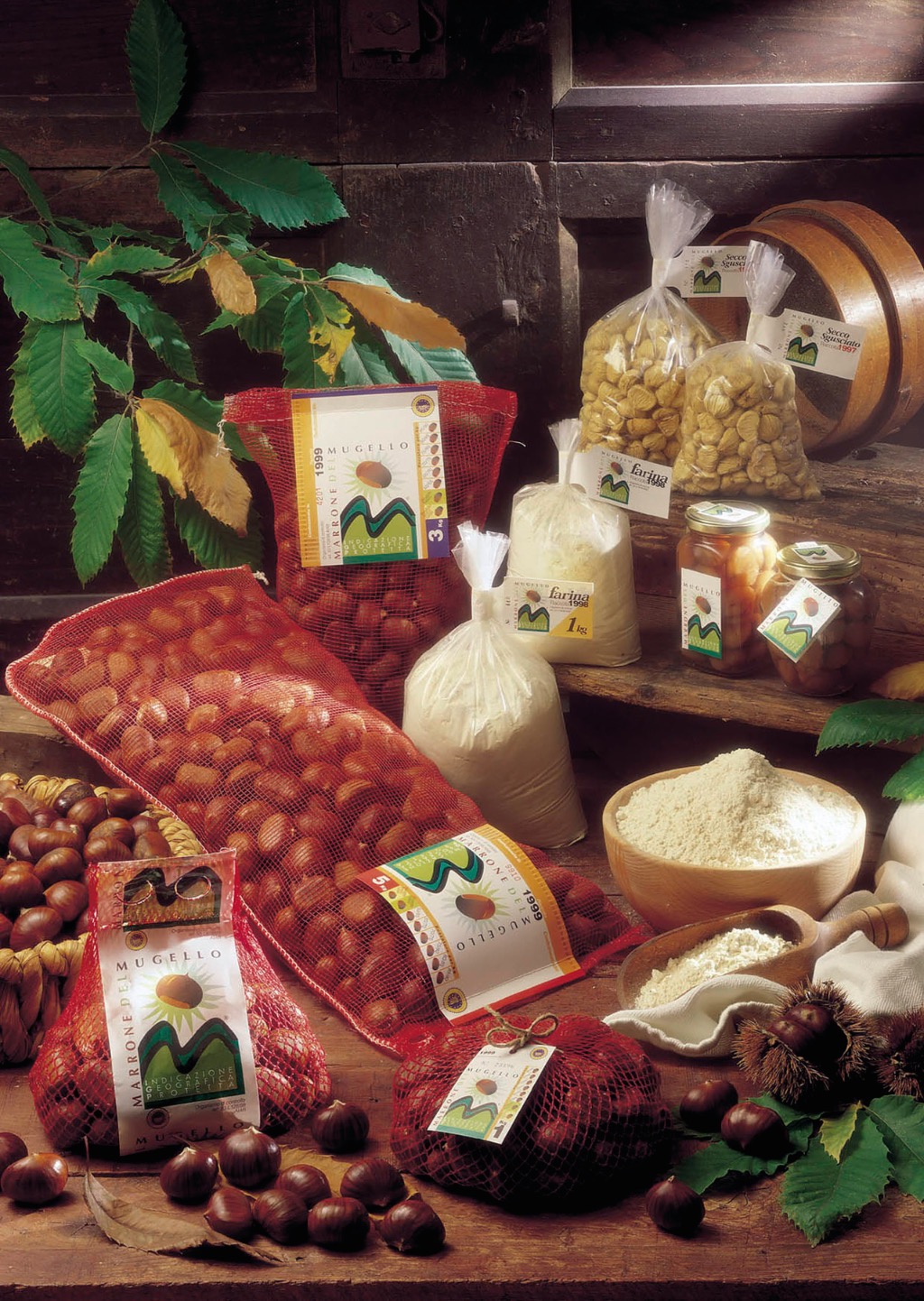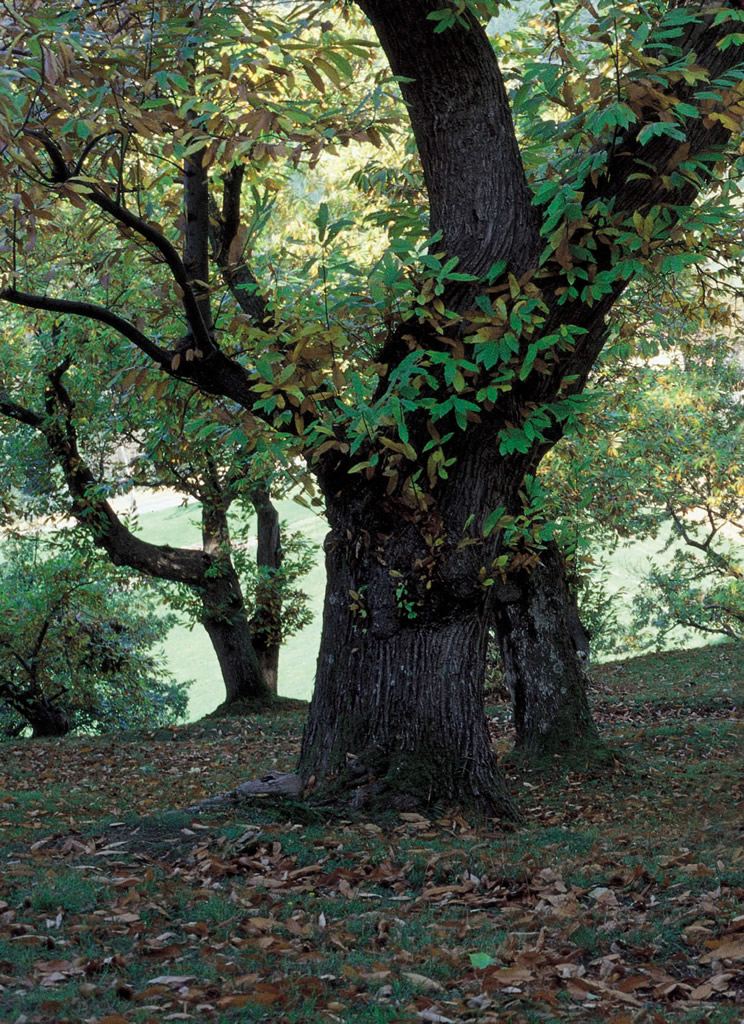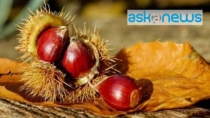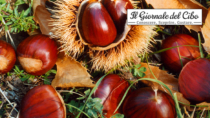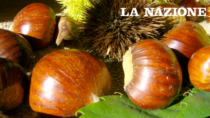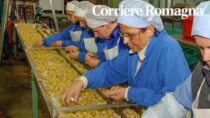Description
The Marrone del Mugello PGI refers to the fresh or processed chestnut belonging to the species Castanea sativa M., deriving from various local ecotypes of the Marrone Fiorentino chestnut variety.
Production Area
The production area of Marrone del Mugello PGI is within the territory of several municipalities in the north of the Province of Florence, corresponding to part of the area of Mugello, in the Tuscany region.
Production Method
The chestnut groves suitable for the harvesting of Marrone del Mugello PGI must be within the production area, and at least 90% of the chestnut trees must belong to the Marrone Fiorentino variety. The density of the plantations, growing methods, pruning systems and propagation (exclusively asexual) must be the same as those generally used in the production area. The use of any kind of fertiliser or synthetic pesticide is not permitted. Harvesting is generally carried out by hand. The productive yield cannot exceed 2.5 tonnes per hectare, or 30 kg of fruit per tree where the density is lower than 80 plants per hectare. These production limits must be respected even in particularly productive years. Sorting, grading, “curatura” (dipping in room temperature water), drying, and milling must all take place within the production area, using traditional techniques. To obtain dried Marrone del Mugello PGI, with the shell, shelled or as flour, the fresh chestnuts are placed on a grate and dried over a slow, steady fire, fuelled only by chestnut wood.
Appearance and Flavour
Marrone del Mugello PGI is an ellipsoidal shape and medium to large in size. Its shell is reddish-brown with darker, well-defined streaks. The pulp is typically white and crunchy with a pleasant flavour. The dried variety and the flour have a maximum moisture content of 8%.
History
Chestnut production in Tuscany boasts a centuries-long tradition. The cultivation of chestnut fruit trees in the Mugello area dates back to Roman times, while the first indisputable historical documents relating to the diffusion and relevance of this crop date back to the Middle Ages. The chestnut groves have been the area’s main source of income for centuries, so much so that chestnuts were the peasants main food and the chestnut tree was known as the “bread tree”. During the 20th century, the chestnut trees were attacked by two serious diseases, and the following economic crisis that hit producers led to the cultivation being gradually abandoned. However, thanks to renewed interest during the 1980s, particular attention was paid to the protection of the chestnut trees for the production of quality chestnuts, which still today represent an extremely important heritage.
Gastronomy
Marrone del Mugello PGI should be kept in a cool, dry place, and can keep up to two or three months if stored correctly. It can be eaten either fresh or processed. In autumn, the chestnuts are delicious roasted or boiled, but they are also used to make traditional delicacies like castagnaccio (chestnut bread) and marrons glacés. The smaller Marrone del Mugello PGI are usually used to make flour.
Marketing
The product is marketed as Marrone del Mugello PGI, in the following varieties: fresh, dried, with the shell, unshelled, flour. It is available from September 25th every year. The fresh product is sold in recipients of varying weights. If it is packed net bags, these must be red, while the dried and flour products are sold in suitable packaging. The product can also be sold processed as Marron Glacé, originating from Marrone del Mugello PGI, and Chestnut Syrup made from Marrone del Mugello PGI.
Distinctive Features
Marrone del Mugello PGI is remarkably sweet, can be easily peeled and is not especially floury or astringent. It has notes of vanilla, hazelnuts and almonds, with a faint aroma of fresh bread.





